Ilford Pan F Plus 50 (50iso black and white film) has a bit of a mouthful of a name, but is probably one of the very best monochorome films out there if you are looking for highly detailed photographs you can print at a large size. Being so highly detailed, and sensitive to such a broad spectrum, hence giving it an almost unbeaten tonal range, it is highly suitable to landscapes, fine art, product and other photography that demands the best in image rendition.
I tend to always shoot Ilford films at box speed, and Pan F PLUS 50 is no exception. If I want to over or under expose, I do it manually.
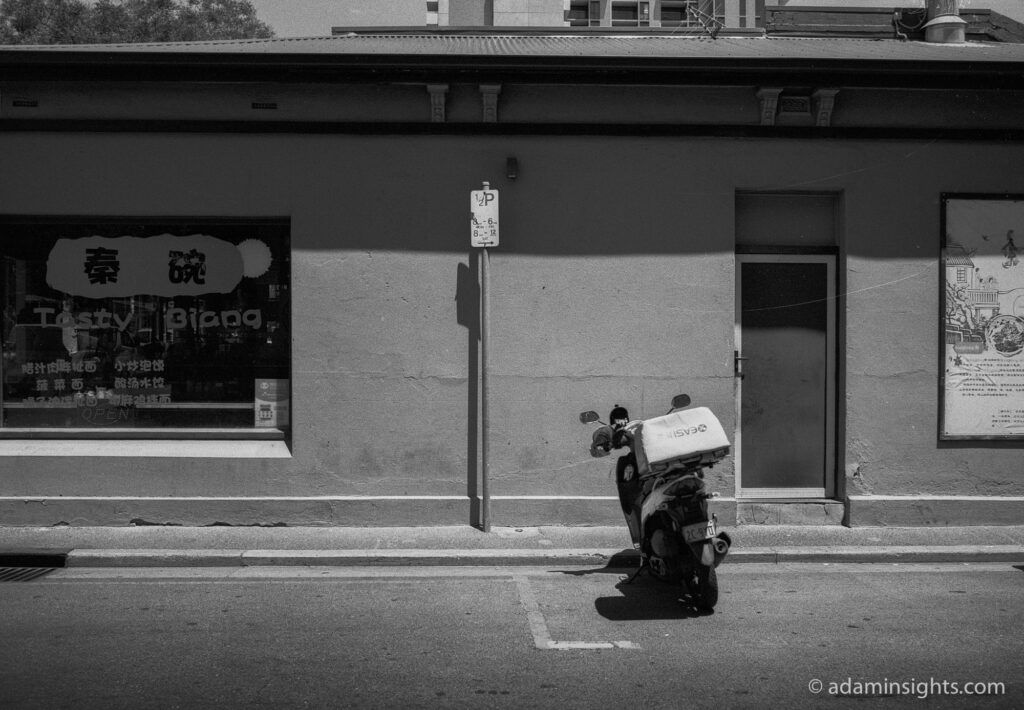
Ilford Pan F PLUS 50 is a panchromatic film, this means that it is sensitive to all visible colours of the spectrum. So you tend to get a higher amount of shades of grey as you would with other black and white films. Thats why I chose this particular image at the top of the review to show this. That said, it is still possible to get some very charcoal like blacks and silky whites.

Because Ilford Pan F has such a broad range of tones, I find it a great film to experiment with different lighting scenarios as well. It is very easy to take a shot where you light specific areas, or want to emphasise a dark shadow behind a flash without blowing out a highlight. Think portraiture.

Very Low ISO
As it has a low 50 iso, this film is perfect for bright sunny days when you still want to shoot wide open, and with slow shutter speeds. At 50 iso it isn’t very versatile. It needs 3x the light of a 400 iso film by comparison.
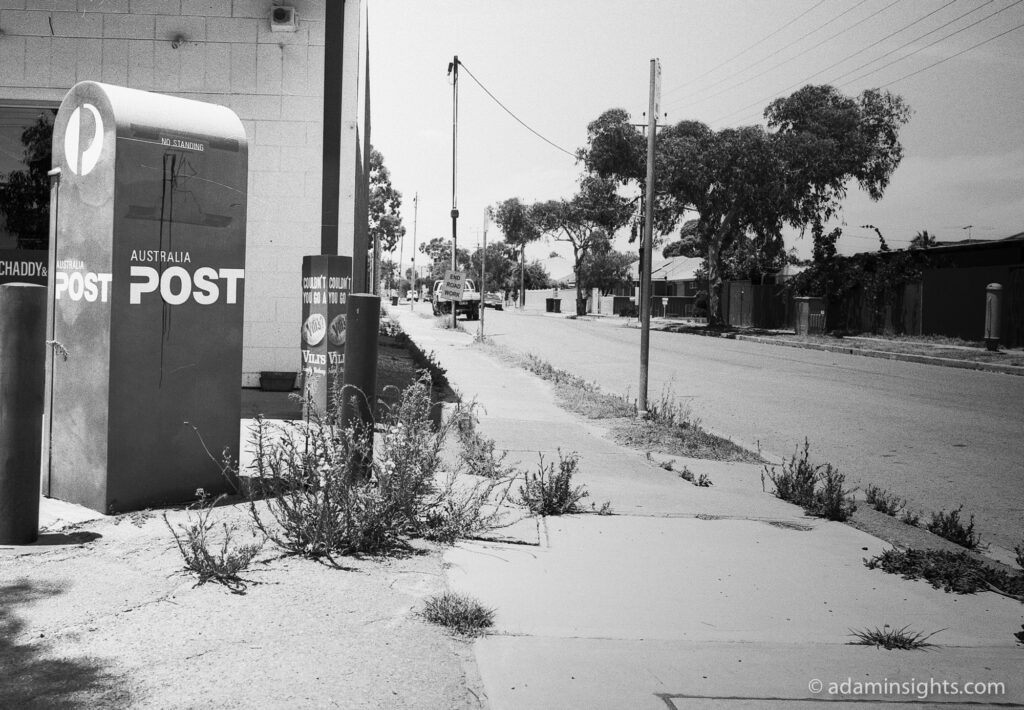

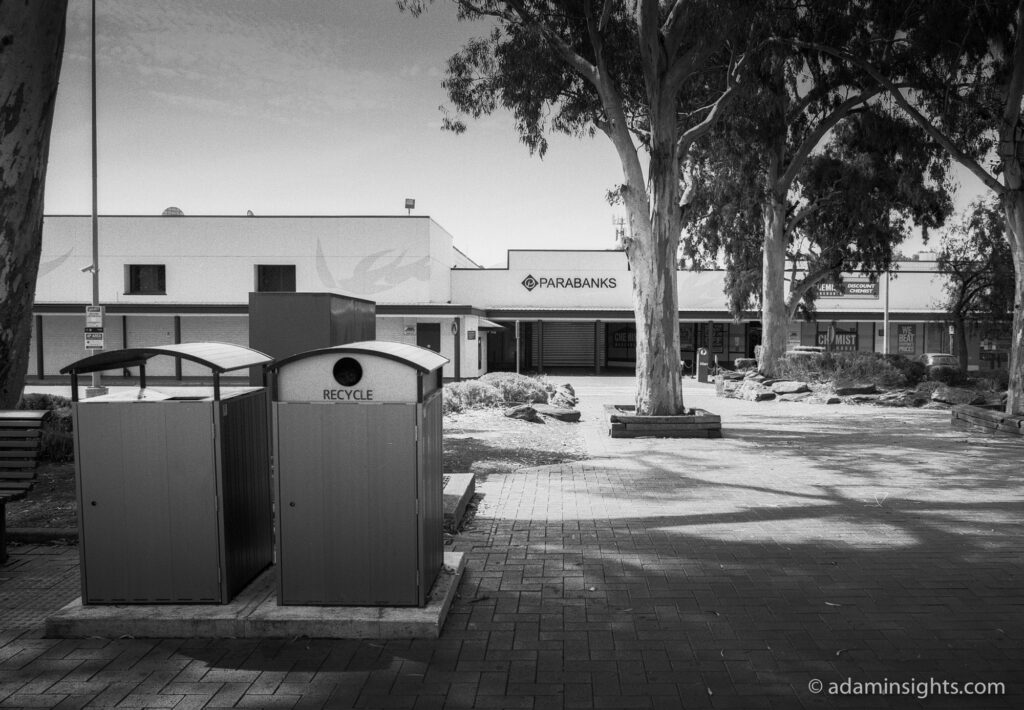
So Highly Detailed
I love the high detail I can get with this camera film. It compares to larger size film formats, like 120, and I can easily scan it at 7200dpi without issue. I would love to do a large format wet print with this film one day, to try it out without any digital element. For now though, I scan on my trusty Plustek scanner with Silverfast software which has the profile for all Ilford films built in, and print on my Epson or at a lab and get great results in printed form I am very happy with.
It is a bit more expensive than other films, and I’ve only ever found it available on 36 exposure rolls.


Developing Ilford Pan F
I use the standard Ilford L26 developer and Rapid fixer for all my film. 12 minutes at 21°C agitated once every 2-3 mins helped me produce these results. In the warmer Australian months, I tend to mix my developer at a colder temperature anticipating that it’ll warm up a little during the process.
Grain Structure
Something I personally prefer about this Ilford film is that it uses a granular grain structure. Kodak T-Max on the other hand is tabular. Tabular grain tends to looks more like black and white video or digital and has a more modern feel to it. Sure it is probably sharper, cleaner images, but the granular, random structure to the Ilford Pan F grain is that it gives the pictures a more vintage, traditional look.

How Versatile is this film?
It isn’t a film for everyday. As soon as it becomes overcast outdoors, the 50iso might not be enough even with a bright lens. Inside, you’ll need a flash. If you want to shoot inside with available light, try a film that has a 400 or higher iso. But, on a bright sunny day, this is a film to try. Also, If you want to experiment with different lighting scenarios, this is a forgiving and easy to use film. If you want to do some speed street photography in a run and gun scenario, it might not be right, depends on if the light is bright enough. That said if you want to try getting some shots with motion blur in them, it is a good choice because of the low iso. If detail and tonal range is your top priority for a fine art purpose – go for it, this is the film to choose if your are shooting black and white.
Actually, this film in my Leica MP is the reason I’ve not yet bought a Leica M10 Monochrome. It is just so good. Plus it lets me shoot at a lower base ISO than any digital sensor out there. Sure Nikon can go to 64 iso, but this film is 50. Sure some cameras can pull to 50 or even lower ISOs, but Ilford Pan F Plus 50 is a true, native 50 iso. This camera film represents something that digital still can’t do in the photography world for me.

Scanning
With all black and white films I recommend scanning with the film profile if your software has it available. Work with RGB files: Although it is a colour space, they will look better, with more detail and have deeper blacks than greyscale. To print on a 4 colour system, convert to CMYK, don’t just print with greyscale as your blacks won’t be deep enough. To get those nice rich charcoal blacks on your prints, you need to run some other colours in your print as well to make the blacks deeper.
Further reading
Check out this great review on MrLeica https://mrleica.com/ilford-pan-f-50-film/













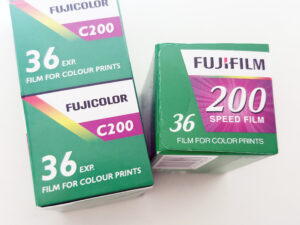






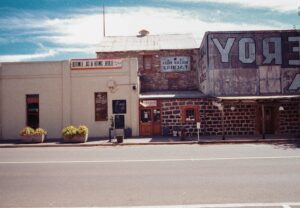













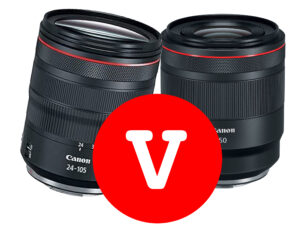

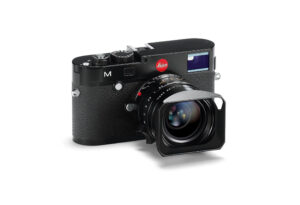


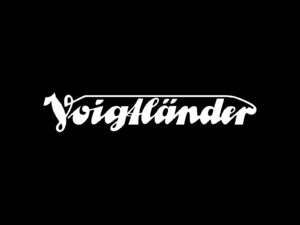
































2 Responses
Hi, interesting tutorial about Pan f 50, a favourite film of mine. I`m pleasantly surprised to here that digital cameras don`t go beyond 64 iso. One up for film!!. About the grain structure of films, I have shot Ilford delta 400 and other tabular grain films a few times over the years and for some reason couldn’t work out why i wasn’t sure about the look and feel, and why i always gravitate back to HP5, Fp4 and Pan f, now i know why. My choice of developers are ilford Microphen, Perceptol and Rodinal- (love-hate), anyway thanks again for an excellent tutorial, their is always something new to learn.
Regards
Jonathan
Thanks for great feedback!